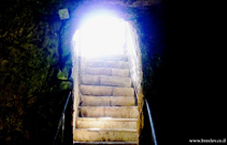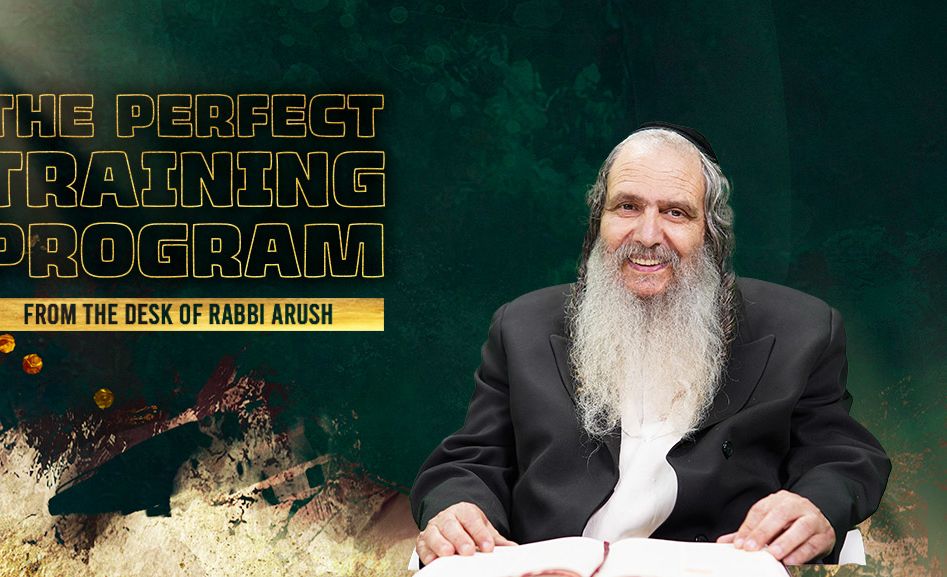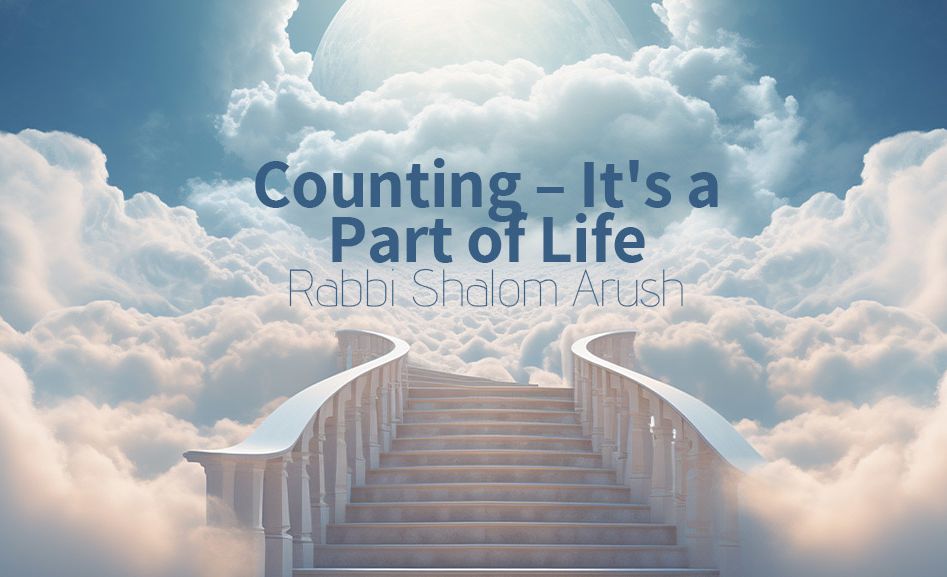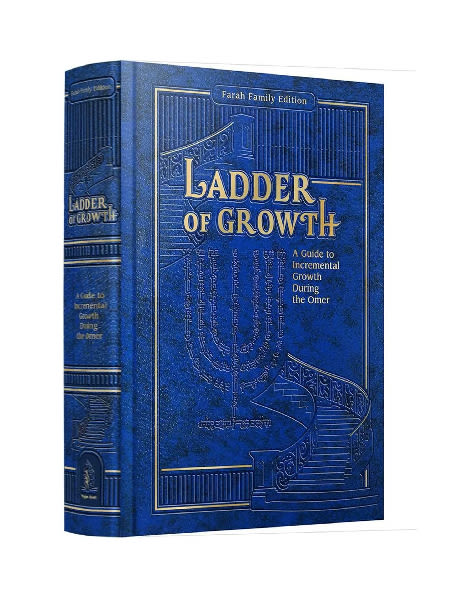
Divine Illuminations
What makes us uniquely human? Are we, as the scientific and atheistic world say, just accidental evolutionary creatures with no obvious purpose? The ten spiritual illuminations of the sefirot shape each person.

Who are we? What makes us uniquely human? Are we, as the scientific and atheistic world say, just accidental evolutionary creatures with no obvious purpose? Or, do we have our roots in a transcendent and non-physical reality, the world of godliness, a world where the divine root itself defines and informs our real existence and not this physical world?
The mystical sources of the Torah tell us that this world is a parallel to more elevated, less physical worlds. These sources also reveal to us how creation came into being and where it is going, what our relationship to our Creator/Hashem is, what His purpose is for Jews and non-Jews, and how we can achieve that purpose, that is closeness to Hashem through perfecting this lower, intentionally incomplete, physical world. These mystical foundations of the Torah also encompass the areas of emunah and bitachon – faith and trust in Hashem – and  the concept of bechira – free will.
the concept of bechira – free will.
While I am in no way an expert in this area, it is however important to have some understanding of the array of 10 spiritual forces or illuminations through which Hashem allows creation to manifest. These spiritual illuminations are call sefirot [note the word for sapphire comes from the same Hebrew root]. The first important thing to understand is that Hashem Himself is without any physical form, He is One with no division, and completely unlimited. An analogy to this would be that my sense of self is experienced as oneness. I’m me, not disparate attributes. However, I do express different attributes such as love, happiness, sadness, laziness, courage etc and these manifest very separately even though I still retain a unified sense of self. Therefore when we talk about these 10 spiritual emanations, we are absolutely not talking about Hashem Himself, but rather we are talking about His Limited Will which decided to express certain aspects of Himself for the purpose of creation – these sefirot give reality its roots but do not form this physical world.
The sefirot form the roots of man and the totality of his personality as he exists in this world:
Chochmah, Binah, Daat
These first three sefirot relate to the area in the brain, to the faculty of thought.
Chochmah relates to the right side of the brain, the initial thought, the first flash of a general idea.
Binah relates to the left side of the brain, to applied logic where one takes the first general idea, analyses and breaks it down.
Daat relates to the cerebellum, to integrated knowledge derived from the confluence of chochmah and binah, which expresses externally my essential self, and communicates to the next three sefirot.
[Rebbe Natan, quoting Likutei Moharan I, 25:1 says: Chochmah is potential intellect, binah is the logical intellect and daat is the actual wisdom acquired]
We should note that every emotion is preceded by a thought, albeit sometimes unconscious, and our sages teach that while a person should develop rich emotions, they should also ensure that the intellect informs the emotions and not the other way round. In other words, when faced with a moral dilemma I should not make decisions based on how I feel but rather use my mental faculties to decide whether this is objectively the right path to follow.
Chessed, Gevurah, Tiferet
These three sefirot relate to the roots of personal attributes and emotions.
Chessed relates to the right arm, to unlimited outpouring, loving kindness.
Gevurah relates to the left arm, to delineation, restraint, strict justice.
Tiferet, a balance between Chessed and Gevurah, relates to the torso area, to concepts of truth and harmony, and communicates to the next three.
An example of this might be if I give unconditionally [chessed] to a child without any restraint [gevurah] I’ll spoil the child. If I give too much strictness [gevurah], without enough loving kindness [chessed], I’ll create a fearful, constricted child. We aim for the middle, for harmony, with the emphasis being on chessed. The child has to experience unconditional love but know there are boundaries that have to be adhered to.
Netzach, Hod, Yesod
These three sefirot relate to the roots of action in this world from decisions made in the previous levels.
Netzach relates to the right leg, to the ability to overcome, to dominion, to perseverance.
Hod relates to the left leg, to subservience, empathy.
Yesod, a balance between Netzach and Hod, relates to procreation and to the perfected leadership, and communicates to Malchut.
An example of this might be someone who likes to share ideas, to inform and influence others. This person uses his faculty of dominion [netzach]. However, if he uses mainly the netzach faculty his ego could dominate people in a negative way. By using his faculty of submission [hod] he tempers his desire to influence in order to allow others to express themselves and through respecting others will be able to influence them in a positive way.
Malchut
This last sefirah relates to Kingship, the empty vessel which receives from all the previous sefirot, to nullification of self in the worship of Hashem.
All sefirot are revealed in the full personality. They are neutral attributes in themselves and it is how we decide to draw on them, and in what measure, in the service of Hashem that defines our essential selves and helps bring ourselves and creation to perfection.











Tell us what you think!
Thank you for your comment!
It will be published after approval by the Editor.